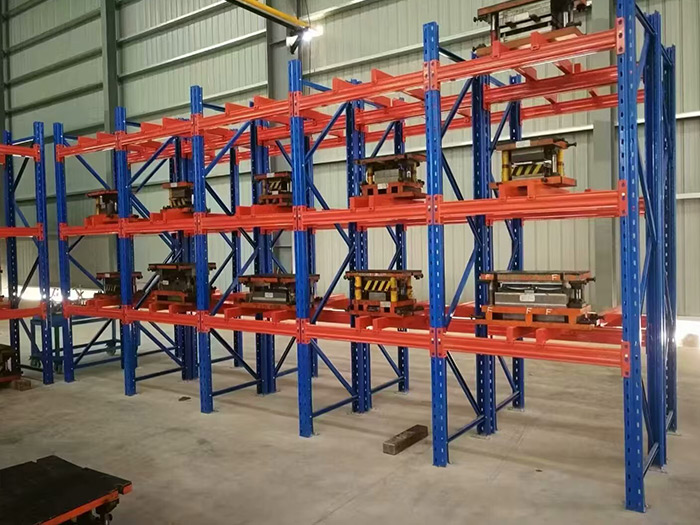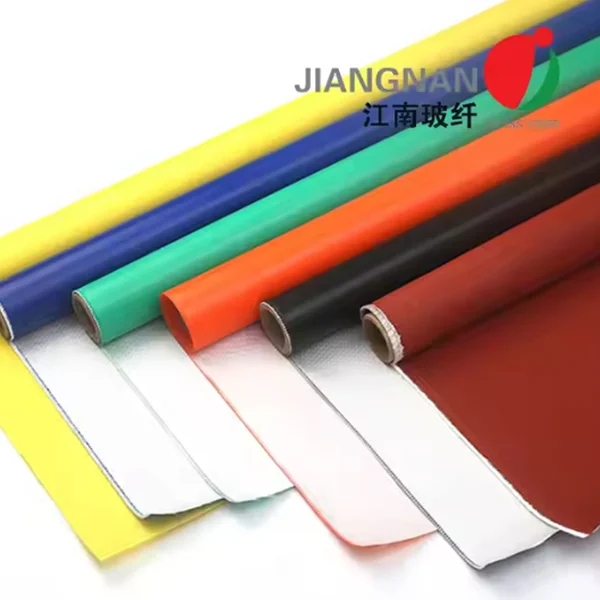When it comes to enhancing your outdoor living space, deck tiles have emerged as a popular choice for homeowners seeking a quick and aesthetically pleasing solution. However, a common question arises: Can you put deck tiles on dirt? This article delves into the intricacies of installing deck tiles on various surfaces, particularly dirt, while providing practical insights and expert advice to ensure a successful project.
Understanding Deck Tiles
Deck tiles, often made from materials such as wood, composite, or stone, are designed to create a durable and visually appealing surface for patios, balconies, and gardens. Their interlocking design allows for easy installation without the need for adhesives or nails, making them an attractive option for DIY enthusiasts. However, the surface on which these tiles are placed significantly impacts their longevity and performance.
The Suitability of Dirt as a Base
While it may be tempting to lay deck tiles directly on dirt for a quick fix, several factors must be considered:
- Stability: Dirt is inherently unstable, especially when subjected to moisture or heavy foot traffic. Over time, the ground can shift, leading to uneven surfaces that can cause tiles to crack or become misaligned.
- Drainage: Proper drainage is crucial for maintaining the integrity of your deck tiles. When installed on dirt, water can accumulate beneath the tiles, leading to mold, mildew, and potential damage to the tiles themselves.
- Weed Growth: Installing deck tiles directly on dirt can encourage weed growth, which can not only disrupt the aesthetic appeal of your outdoor space but also compromise the stability of the tiles.
Preparing the Ground for Deck Tiles
If you are determined to install deck tiles on dirt, proper preparation is essential to mitigate potential issues. Here’s a step-by-step guide:
- Clear the Area: Remove any debris, rocks, and vegetation from the installation site. This will create a clean and level surface for your tiles.
- Level the Ground: Use a rake to level the dirt, ensuring that the surface is as flat as possible. This step is crucial for preventing uneven tiles and potential tripping hazards.
- Create a Base Layer: To enhance stability and drainage, consider adding a layer of gravel or sand. This base layer will help distribute weight evenly and allow for better water drainage.
- Install a Weed Barrier: Before laying down your deck tiles, consider placing a landscape fabric or weed barrier over the dirt. This will help prevent weed growth while allowing water to drain through.
Alternative Installation Methods
For those who want to ensure the longevity and stability of their deck tiles, consider these alternative installation methods:
- Concrete or Pavers: Installing deck tiles over a concrete slab or pavers provides a solid and stable foundation. This method minimizes the risk of shifting and ensures proper drainage.
- Raised Platforms: Building a raised platform using treated wood or composite materials can elevate your deck tiles above the dirt. This approach not only improves drainage but also enhances the overall aesthetic of your outdoor space.
- Adjustable Pedestals: For a more sophisticated solution, adjustable pedestals can be used to create a level surface for your deck tiles. This method allows for easy adjustments and excellent drainage.
Maintenance Tips for Deck Tiles
Regardless of the installation method, maintaining your deck tiles is crucial for their longevity. Here are some maintenance tips:
- Regular Cleaning: Sweep away debris and clean the tiles periodically to prevent dirt buildup and staining.
- Inspect for Damage: Regularly check for cracks or misalignment and address any issues promptly to prevent further damage.
- Sealant Application: For wooden deck tiles, consider applying a sealant to protect against moisture and UV damage.
Conclusion
In conclusion, while it is technically possible to put deck tiles on dirt, it is not advisable without proper preparation and consideration of the potential drawbacks. For a successful installation that ensures durability and aesthetic appeal, it is recommended to create a stable base or explore alternative installation methods. By following these guidelines, you can transform your outdoor space into a beautiful and functional area that you can enjoy for years to come.


